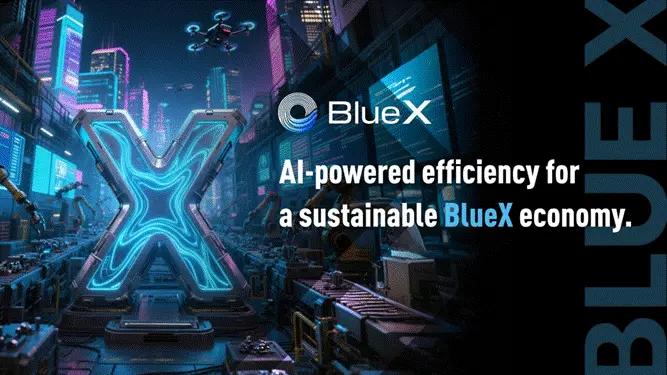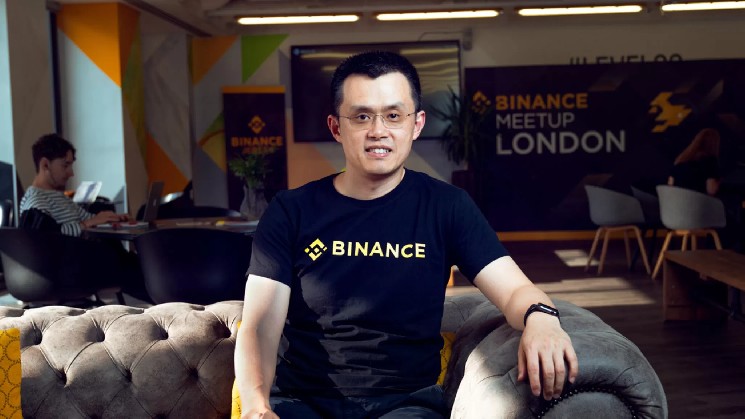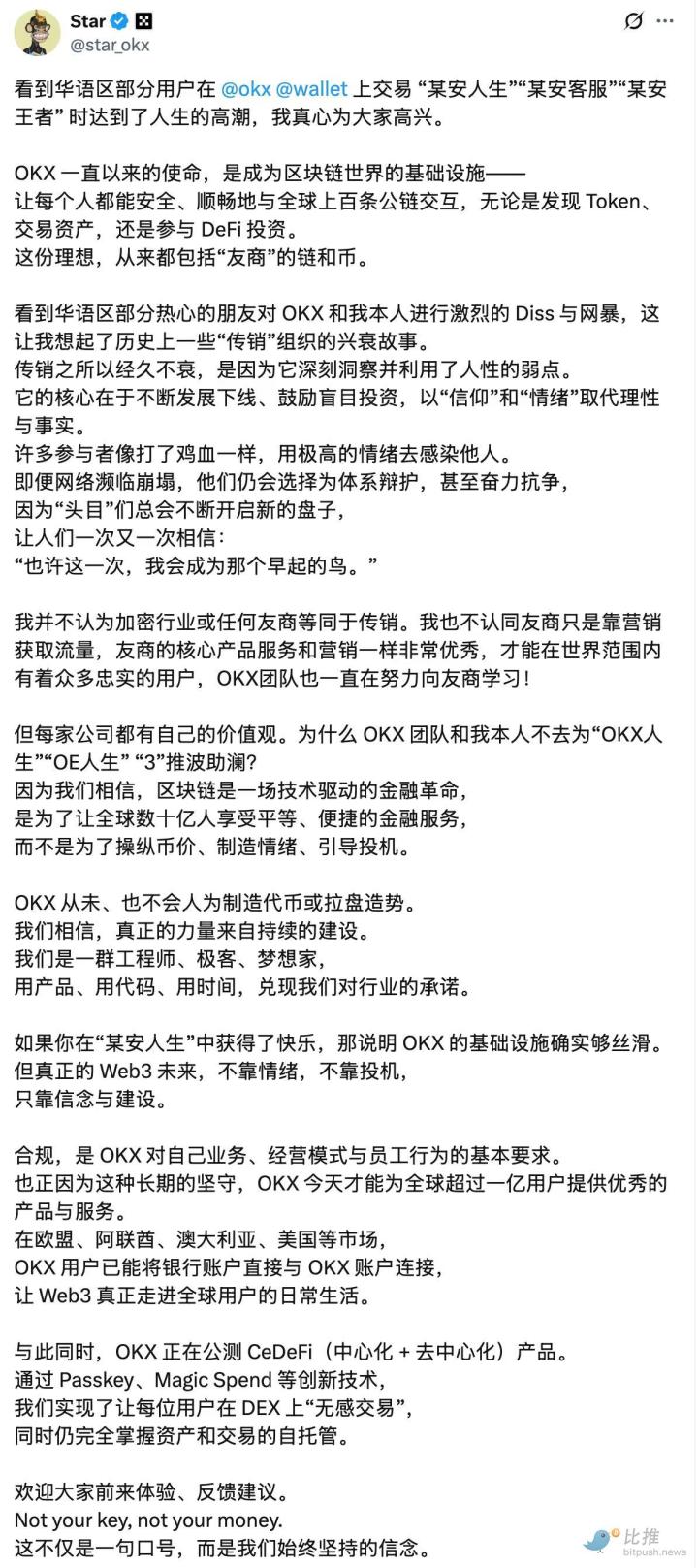Ecological Cooperation: Global Layout and Multilateral Alliance
BlueX actively builds a global ecological alliance and establishes strategic cooperation with multiple parties. The platform has collaborated with mainstream crypto exchanges to provide deep liquidity assurance for the $Ocean token. Meanwhile, it collaborates with major financial institutions and regulatory bodies to promote global standards and compliance experiments in the RWA field. For example, BlueX plans to establish regulatory sandboxes in different countries, exploring compliance innovation and automatically adjusting operational models.
The project has set up a multilingual operations team, deeply entering the Asia-Pacific, European, and Middle Eastern markets, conducting localized promotion and ecosystem building (such as plans to list on a Korean exchange and establish an ecosystem fund by 2025). Overall, BlueX has formed a multi-dimensional cooperation network at the exchange, investment institution, and regulatory levels, constructing a solid ecological foundation for platform development.
Risk Control and Transparency: Compliance Priority, AI Risk Control
BlueX places compliance and transparency at its core principles, strengthening risk control through technological innovation. The platform establishes a multi-party collaborative cross-chain compliance framework: unifying compliance standards for assets across different chains, providing real-time regulatory information and compliance verification through decentralized oracles. It offers a dedicated interface for regulatory bodies, facilitating review without interfering with daily operations, thereby improving regulatory efficiency.
Moreover, BlueX promotes the "compliance as code" concept, encoding regulatory requirements into smart contracts for automatic execution, significantly enhancing the transparency and execution efficiency of legal terms.
In terms of privacy protection, BlueX has designed optional disclosure and zero-knowledge proof technologies that satisfy compliance verification needs while maximizing user privacy protection. Through a layered privacy model, users and scenarios at different levels enjoy corresponding privacy protection levels and can autonomously control data sharing and benefits in the encrypted data market, forming a positive data value cycle.

The platform also uses AI and big data to perform multi-dimensional modeling of assets, real-time evaluating value and risks. Its AI system continuously tracks asset performance and macro trends, can predict potential risks and adjust portfolio configurations, reducing overall exposure. As demonstrated by the AI intelligent issuance system, it will continuously monitor asset conditions, conduct risk assessment and warnings, providing protection for investors. The on-chain governance process visualizes the community, enhancing transparency and trust.
Conclusion: Facing the RWA Future
In comprehensive analysis, BlueX demonstrates clear advantages in the RWA field through its forward-looking technological architecture, clear governance token design, and rich physical asset support. The platform deeply integrates AI into asset management, improving efficiency and inclusivity through automation and programmable methods, locking in a new track for physical asset digitization.
In the future, BlueX will continue to promote global ecological layout, facilitating the integration and circulation of traditional physical and digital assets. Despite challenges in regulation and market acceptance, its compliance-driven + technological innovation path provides a demonstration for large-scale RWA implementation, holding significant importance for exploring asset chaining and financial democratization.








